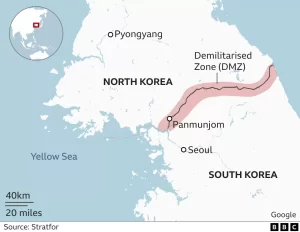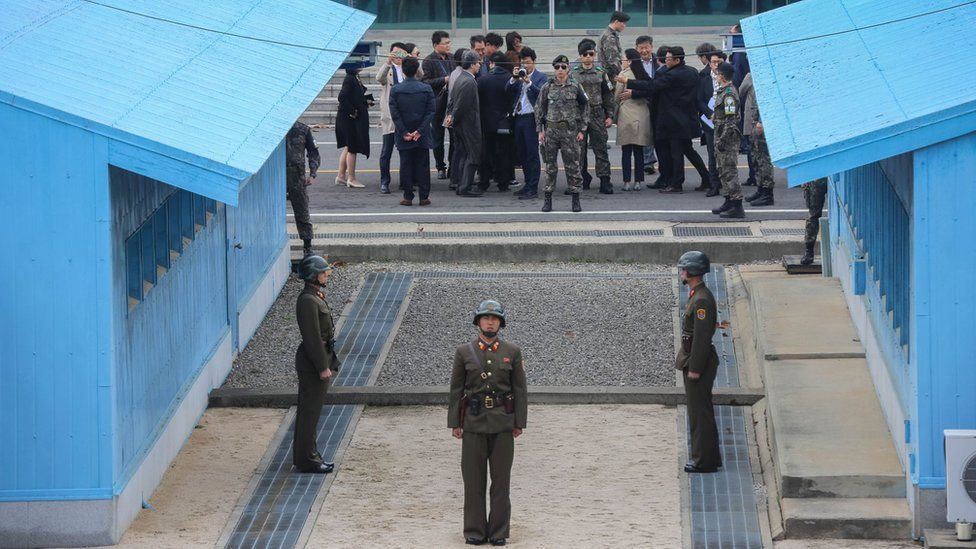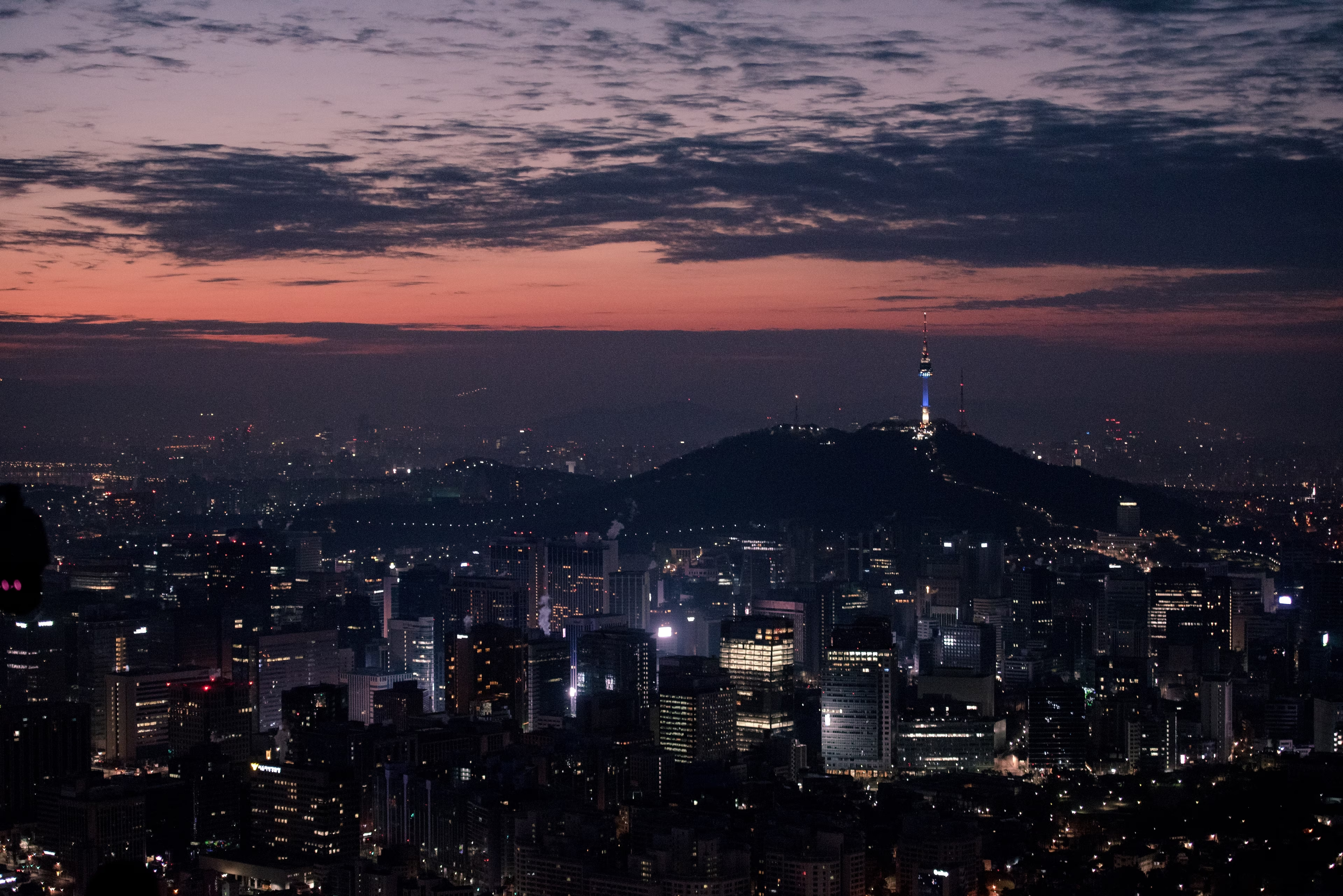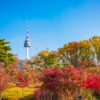It stands as a lasting reminder of the Cold War era, one of the world’s most heavily fortified regions known as the Demilitarised Zone (DMZ), which used to attract tourists before the Covid pandemic hit.
Stretching 160 miles (258 km) from Gyeonggi-do in the west to Gangwon-do in the east, the DMZ divides the Korean Peninsula into two distinct parts.
The truce village of Panmunjom, marked by a concrete slab symbolizing the division, used to welcome numerous tour groups daily. However, the pandemic has led to smaller group sizes.
On Tuesday, Private 2nd Class Travis King, an American serviceman facing disciplinary action and set to return home, decided to join a tour group in the South and crossed over the DMZ into North Korea.
Whether he defected or plans to return remains unclear, but the US military confirmed that he crossed over “wilfully and without authorization,” suggesting he might be detained.
Jean H Lee, a former Korean bureau chief for the Associated Press, who has visited the DMZ from both Koreas numerous times, emphasizes the allure of the region during tours. She points out that visitors quickly realize how close they are to stepping into North Korea, especially remembering President Trump’s visit in 2019.
However, she also highlights that DMZ tours operate under strict guidelines. Tourists can take photographs, but they must adhere to designated walking and standing areas, refraining from any provocative gestures like waving.
As the situation unfolds, the fate of Private Travis King remains uncertain, but his actions serve as a reminder of the delicacy and complexity of the DMZ region.

Visitors are allowed to step across the demarcation line of the DMZ legally, but only within the blue-roofed Military Armistice Commission huts, where the ceasefire was negotiated in 1953.
Before the pandemic, DMZ tours were closely monitored by military personnel. South Korean soldiers stood in a taekwondo stance, ready to respond if needed, while North Korean troops kept watch. The United Nations Command (UNC) also patrolled the area actively.
However, due to current circumstances, the North is no longer visible at the border, and the South has stopped its patrols. As a result, there are no soldiers visible on either side during tours, which are now accompanied by the UNC.
Tensions at the DMZ were evident in November 2017 when a North Korean soldier was shot by his own military while trying to defect to the South Korean side.
Private King’s actions occurred close to the 70-year anniversary of the armistice that ended the fighting in the 1950-53 conflict, though the war hasn’t formally ended.
Visiting the DMZ brings a realization that despite the psychological, economic, political, and ideological distance from North Korea, it is physically very close. People often find the experience emotionally moving.
Rowan Beard, an Australian tour leader, has been taking groups to the DMZ since 2008 on behalf of Young Pioneer Tours (YPT). The company, which claims to be the top DPRK travel agency, used to handle over 1,000 customers annually before the pandemic. Most of their requests were to visit the DMZ and the North Korean capital, Pyongyang.

“Most tourists feel, if they don’t visit the DMZ, their trip to North Korea is not complete,” said Mr Beard.
Day trips from the North begin in Pyongyang, a two-and-a-half-hour drive from the DMZ-adjacent city of Kaesong. From the South they start in Seoul, less than an hour away.
Tourists visit the Joint Security Area (JSA), learn about the area and its history through briefings and artifacts, and can view either side from various observation points. Some tours also include entry to the infiltration tunnels once dug by the North Koreans.
Mark Edward Harris has seen the two Koreas from both entry points several times in his career as a travel and documentary photographer,
“For most people, almost everybody, in fact, their only glimpse into this very reclusive country is from points along the DMZ,” he said.
“To anybody interested in history, it’s the ultimate tourism spot in a sense.”
Still, “things do happen” at the DMZ, said Mr. Harris, mentioning a 1976 axe murder incident at Panmunjom, when South Koreans and Americans trimming a poplar tree at the JSA were attacked by North Korean guards.
The incident resulted in the brutal slaying of two US soldiers and drove up tensions.

To Mr Harris, the DMZ represents the “propaganda war” that rages on between North and South.
“Both sides actually do a pretty good job of telling their sides of this complex story,” Mr Harris says.
“The biggest difference is, when you come from the North, you feel like the war is still going on. When you come from the South, you feel like you’re glimpsing a bit of ancient history.”





